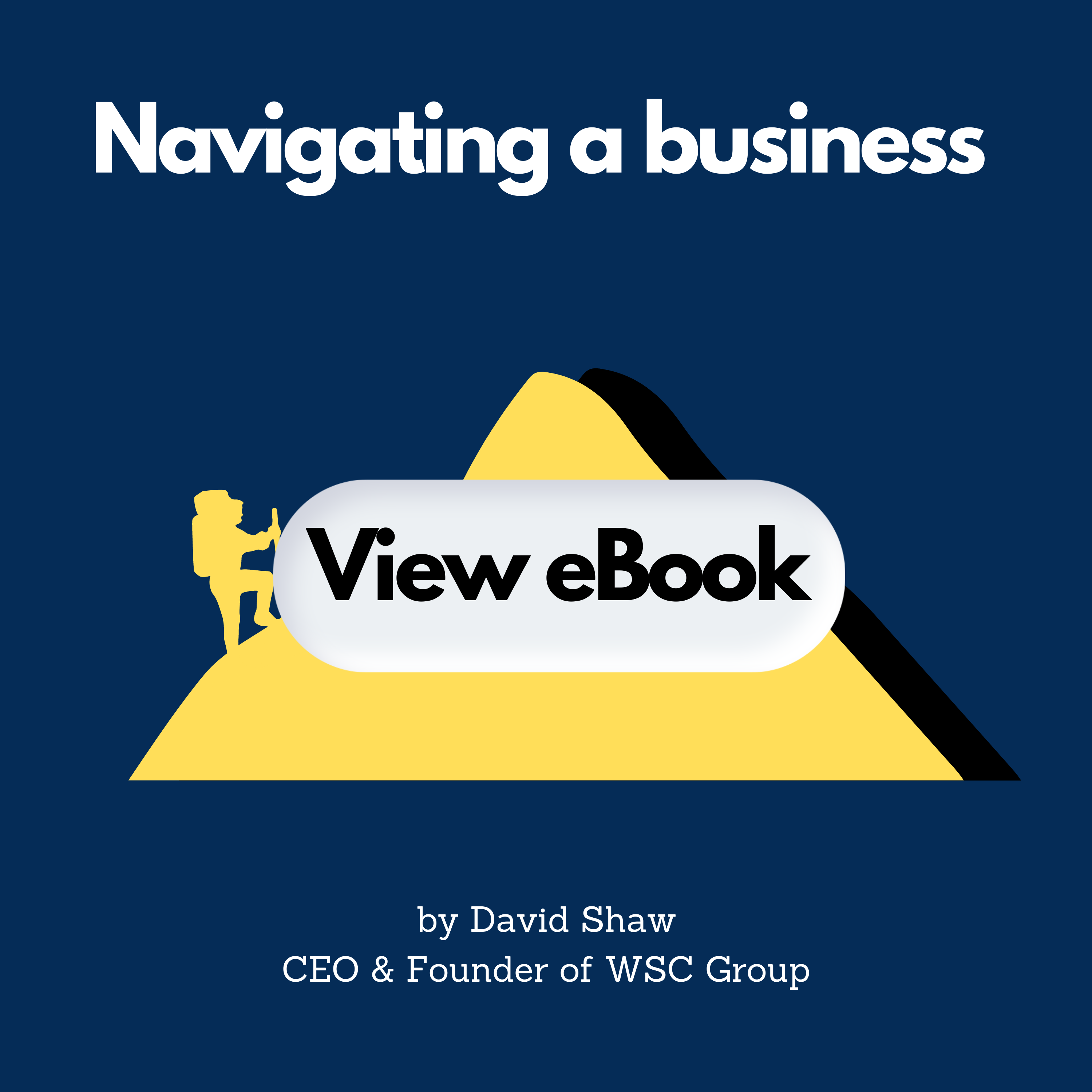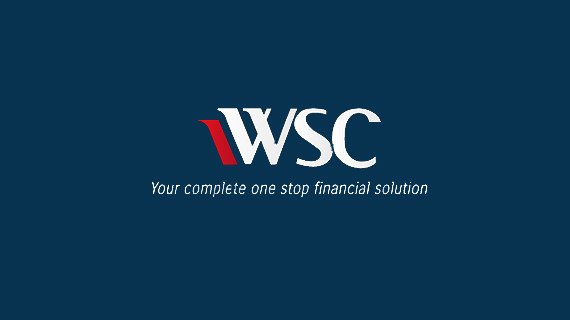Economic and market overview
- Significant increases in interest rates over the past two years or so are expected to dampen economic activity levels in key regions. Generally speaking, however, major economies appear to be absorbing higher borrowing costs without too many signs of stress.
- There is an increasing assumption that official cash rates will not be raised too much further – if at all – but the resilience of economic indicators suggests it may be some time before policymakers feel comfortable lowering borrowing costs.
- There are also some concerns that surging oil prices could feed through to higher inflation, in turn preventing policymakers from easing borrowing costs.
- This ‘higher for longer’ narrative acted as a headwind for share markets in September, both in Australia and overseas. This was a disappointing outcome for equity investors, although it is worth noting that the MSCI World Index is still up around 10% in the calendar year to date, and by 16% in AUD terms.
Evolving interest rate forecasts also pushed bond yields significantly higher, which resulted in negative returns from bond markets; again both in Australia and elsewhere.
US: Employment trends in the world’s largest economy remain resilient, suggesting companies remain fairly optimistic on the outlook for revenues and profitability.
- The economy continues to add nearly 200,000 jobs a month and average wages are currently increasing at an annual rate of more than 4%. A combination of these factors suggests Americans could still have greater spending power this year, despite significant increases in debt repayment costs.
- Legal proceedings against Donald Trump got underway during the month. The polarising former President claims the charges against him lack substance and are designed to harm his reputation ahead of a rumoured return to politics ahead of the next election in November 2024.
- More than a dozen candidates are challenging for the leadership of the Republicans, but Trump is currently comfortably ahead of all of them in opinion polls. President Biden is expected to be the chosen Democrat candidate.
We can expect the focus on US politics to intensify in the months ahead of these nominations.
Australia: The latest data showed the Australian economy grew at an annual rate of 2.1% in the year ending 30 June. This was slightly slower than the 2.4% year-on-year growth rate in the March quarter, but was above consensus forecasts.
- In other news, nearly 65,000 new jobs were created in Australia in August following a surprise drop in employment in July. Again, this was well ahead of the consensus estimate.
- The new Governor of the Reserve Bank of Australia was sworn in during the month, but for now no changes to previous monetary policy settings are anticipated. Michele Bullock left the official cash rate unchanged at 4.1% at her first meeting at the helm in early October.
Official cash rates have now been unchanged at the past four Reserve Bank meetings, increasing suggestions that we might have seen the peak in interest rates in this cycle. Like in other regions, however, investors are becoming much less confident that borrowing costs might start to come down in 2024.
New Zealand: No formal Reserve Bank of New Zealand meetings were held during September, so there was a lack of new interest-rate related information for investors to ponder.
- The latest GDP data were released, however, which suggested the economy is proving more resilient than expected considering the rate hikes that have already occurred.
Like in Australia, there was a slight moderation in the economic growth rate in the June quarter, but at an annual rate of 1.8%, growth came in comfortably ahead of consensus forecasts.
Europe: Leading indicators remain particularly weak in Germany; the largest economy in the Eurozone. Factory orders were down more than 10% in July from the same month a year ago, which was significantly worse than consensus expectations for a 4.5% drop.
- Industrial production in Germany is currently running around 7% below pre-pandemic levels. Construction data has also been very poor recently; again particularly in Germany.
- The European Central Bank raised cash rates by 0.25% during the month. Despite softening economic indicators, officials are apparently still concerned about the potential impacts of persistently high inflation in the region. That said, they will have been relieved to see core inflation in the Eurozone easing to 4.5% in September, the slowest pace in the past year.
- In the UK, the Bank of England left interest rates on hold at 5.25% following increases at the past 14 previous meetings. Like in other regions, this prompted suggestions that borrowing costs might have peaked, particularly with inflation continuing to come off the boil.
Economic indicators in the UK have been mixed recently. Revised GDP data showed the UK had the third fastest recovery from the Covid pandemic among G7 economies, although according to the latest Purchasing Manager’s Index, Britons’ spending on services fell in August. Subdued confidence levels and the impact of higher mortgage repayment costs on household finances were cited as likely reasons for the fall.
Asia/EM: Economic data in China continues to worsen. Exports are currently nearly 9% lower than 2022 levels, as global demand for Chinese goods has moderated.
- Imports are also down by around 7% on a year-on-year basis, suggesting discretionary spending in China is moderating too.
- A youth unemployment rate of more than 20% must be particularly worrisome for officials, who have now stopped releasing official jobless figures. Unemployment among young Chinese people was around 10% five years ago, but has doubled following the Covid pandemic. Companies appear to have become increasingly wary of hiring new staff, particularly given the recent downturn in economic indicators.
Australian dollar
- The Australian dollar continued to weaken against the US dollar in September, albeit not at the same pace as we saw in August.
- The AUD was down 0.8% against the greenback, closing the month at a little over 64 US cents. The ‘Aussie’ often struggles in ‘risk off’ market environments.
- That said, during September the AUD added value against the Japanese yen (+1.8%) and against a trade-weighted basket of international currencies (+0.8%).
Australian equities
-Suggestions that interest rates might need to remain high for longer than was previously anticipated dampened sentiment towards Australian equities in September.
- Company-specific announcements were also generally subdued during the month, which failed to brighten the mood. By month end, the S&P ASX 200 Accumulation Index was down 2.8%.
- Energy was the only sector to close the month in positive territory, adding 1.3%. Energy-related shares were buoyed by higher oil prices. WTI Crude rose by more than 8% over the month, after Saudi Arabia and Russia announced they will maintain supply cuts for the remainder of the calendar year. These moves are on top of production cuts already announced by OPEC+ and helped drive the oil price to a one year high, above US$90/barrel.
- Financials was the next best relative outperformer’ falling ‘only’ 1.7%. There were mixed contributions from the major banks; Commonwealth Bank, Macquarie Group and Westpac lost ground, although NAB and ANZ made positive progress.
- At the other end of the scale, Information Technology stocks typically fared poorly, consistent with weakness in the tech- heavy NASDAQ in the US. BrainChip Holdings lost more than 40% of its value after falling out of the ASX 200, for example, while Weebit Nano (-20.1%) and Life360 fell by around 20% and 10%, respectively.
- Small caps also struggled, with the S&P/ASX Small Ordinaries falling 4.0%. This continued a trend that has been in place over the past year or so, whereby investors have generally favoured the relative stability of large cap stocks.
- Leo Lithium (-50.7%), Chalice Mining (-35.0%) and Star Entertainment (-34.0%) were among worst performing stocks in the small cap space during the month.
Global equities
- Almost all major share markets struggled during September and just one – the UK FTSE 100 Index – finished the month in positive territory.
- The MSCI World Index closed 4.0% lower in AUD terms, as investors fretted about the prospect of interest rates in key regions remaining elevated for an extended period.
- In the US, the S&P 500 Index declined 4.8%. The NASDAQ fared even worse, closing down 5.8%.
- Elsewhere, there was little to choose between the performance of share markets in Asia and Europe – both closed the month around 2.5% lower in aggregate.
- As ever, there was some variance in returns among individual markets. In Asia, major indices in Hong Kong, China and Japan declined between 2% and 3%, although Singapore-listed shares tended to perform a little better; the Straits Times closed the month just 0.5% lower.
- Spanish stocks were the standout performers in Continental Europe, with the IBEX down ‘only’ 0.8%. At the other end of the scale the German DAX lost 3.5%, hindered by further downbeat economic data releases.
- The general risk aversion among investors globally also affected shares in developing countries. The MSCI Emerging Markets Index shed 2.2% in AUD terms over the month, but is still showing double-digit gains (+11.7%) over the past 12 months.
- The UK’s FTSE 100 advanced 2.3%, partly due to favourable performances from large, energy-related index constituents including BP and Shell, which benefited from the rising oil price.
Listed property
- Global property securities struggled, with the FTSE EPRA/NAREIT Developed Index returning -5.6% in AUD terms.
- The best performing regions included Germany and Japan, both of which generated positive returns.
- Laggards included Australia, Sweden, and the US. In the US, investors are expecting a ‘soft landing’, whereby the economy will slow but where growth remains positive. This view resulted in defensive property sectors underperforming.
- Increases in bond yields hampered A-REITs. The sector ended the month -8.6% lower, weighed down by large stocks including Goodman Group, Scentre Group and Mirvac Group, all of which declined by between 8% and 12%.
Global and Australian Fixed Income
- Higher government bond yields in all major markets acted as a headwind and resulted in negative returns from fixed income. The Bloomberg Global Aggregate Index returned -1.8% in AUD terms.
- In the US, the yield on 10-year Treasuries rose 0.46%. This move reflected the persistence of inflationary pressures – which was partly attributable to rising energy prices – and, in turn, suggestions that the Federal Reserve might consider further increases in official interest rates. Headline inflation was 3.7% year-on-year in August, up from 3.2% in the previous month. It will likely be disconcerting for policymakers to see inflation quickening rather than slowing.
- German bund yields rose sharply too – by 0.38% on 10-year securities – despite a stream of downbeat economic indicators. Inflation in the Eurozone has fallen to 4.5% year-on-year, but that remains unpalatably high for European Central Bank officials and further policy tightening cannot be ruled out.
- Market moves were slightly less dramatic in the UK and Japan, but yields nonetheless increased in both regions. This resulted in negative returns from gilts and Japanese Government Bonds.
- In fact Japanese Government Bonds registered their worst quarterly return for 25 years in the three months ending 30 September, prompting the Bank of Japan to intervene and buy up bonds on the open market to try and arrest the weakness.
- It was a similar story locally, with yields on 10-year Australian Commonwealth Government bonds closing the month up 0.46%. Like in the US, inflation in Australia quickened in August, which was an unwelcome development for Reserve Bank of Australia officials.
- The upward pressure on yields resulted in negative returns from the domestic bond fixed income market; the Bloomberg AusBond Composite 0+ Year Index returned -1.5%.
Global credit
- Corporate bonds eked out small positive returns over the month, despite weakness in risk assets more broadly and as hopes of interest rate cuts in 2024 began to fade.
- Although interest costs have increased, most companies seem well-placed to continue servicing their debt repayment obligations. Default rates have not yet risen significantly.
- There was a fair amount of new corporate bond supply over the month, almost all of which was digested quite comfortably by the market. This indicates that income-oriented investors seem comfortable with the current risk/reward trade off with global credit and are still being attracted by prospective yields that are meaningfully above those available on comparable government bonds.
- European credit securities tended to fare a little better than their US peers, which arguably was a little surprising given the subdued tone of economic data releases in the region.













